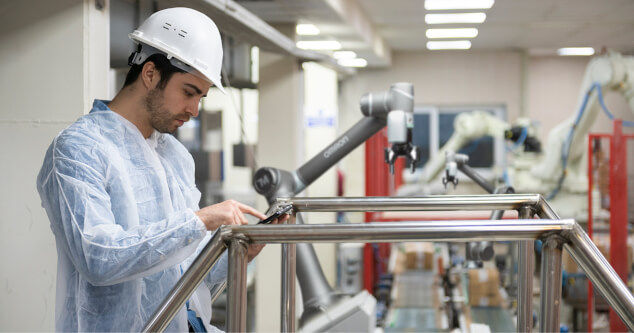Four top tips for automation projects in the food and beverage industry
Publicerat 22 februari 2021 i Operational Excellence

1. Set goals and evaluate processes
Flexibility, quality, labour related issues and sustainability are just some of the key drivers we recognise from speaking to customers.2. Involve employees
In the context of the physical flow of goods within a production environment, the protection of the labour force from physical harm is paramount. This same labour force understands the detail of these movements and should be included in discussions about how to improve the process. After all, it’s about automation supporting the workforce.3. Choose the right partner
It’s important to ensure that a technology partner has a broadly diversified automation portfolio, including a comprehensive range of adaptable solutions for individual challenges. It also makes sense to have a network of system integrators, providing expertise and services tailored to the industry, at all levels.4. Consider raw materials, packaging etc. as a complete package
A plant, production line or machine is only as good as the services it receives in terms of raw materials, packaging and consumables.
